
Why are spatial disorientation accidents on the rise?
John's blogResearchers from the FAA show that SD accidents have not declined since 2003—in fact, quite the opposite. You might assume the widespread adoption of tools like datalink weather, modern autopilots, reliable AHRS, and electronic flight bag apps would make VFR-into-IMC (the classic SD accident scenario) much less common. It’s a great theory, but the numbers don’t support it.

Friday Photo: IFR Over Saginaw, Michigan
Friday PhotoCrusing at 13,000 feet between layers and around columns, we were enjoying 200+ knots over the ground in smooth air with some gorgeous views.

My Superbowl: A 9,000-Mile Pickleball Flight Around America
My AdventureOn May 1, 2023, I set out in N148DW, my 2013 Cessna Turbo 206, in search of a world record: the 48-48-48 Pickleball Challenge—playing pickleball in 48 states in fewer than 48 days. It was as much a pickleball record attempt as it was an aviation feat. Either way, it promised to be a ton of fun.

Corrosion Where You Least Expect It
I was there, UncategorizedOur aircraft have annual inspections. And during those inspections, areas are opened and examined for deficiencies, including corrosion. Areas that we use daily and those small hard to get to locations are examined as well. As it turns out, corrosion can show up where you least expect it. Specifically, in the guy sitting at the controls flying the aircraft through the sky.
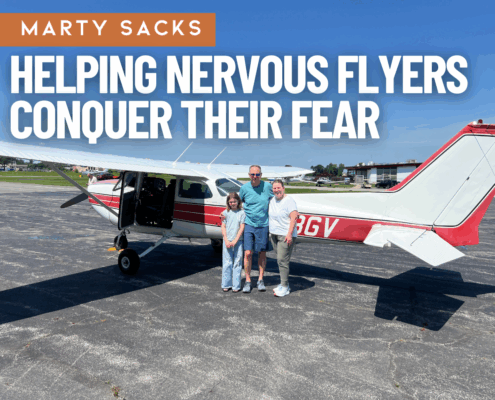
Helping Nervous Flyers Conquer Their Fear
I was thereI was recently asked by a fellow flying club member to take his wife—a fearful flyer—on a flight. Spoiler alert: the flight went well, and my friend’s wife got out of the airplane grinning from ear to ear. Here’s what I did before and during the flight, and what I learned.

VIA The Poles: Journey Around the World’s Ultimate Flight Path
I was there, My AdventureI was part of a four-person crew that completed a Polar Circumnavigation Diploma flight in May 2025 in a 1976 Learjet 36A, S/N 022, N31GJ. If the application is accepted, it will be the fourth aircraft to meet the FAI Polar Circumnavigation Diploma requirements. The flight served as a fundraiser for the Classic Learjet Foundation, which is currently restoring Learjet 23 S/N 003, the first Learjet delivered to a customer in 1964. The now-vintage Learjet 36A completed the 26,291-mile flight without any issues or maintenance delays.
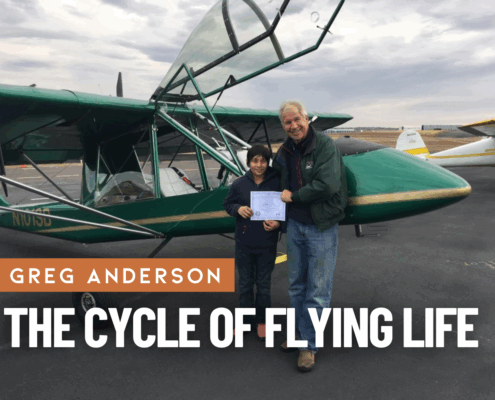
The Cycle of Flying Life
OpinionMemories of first flights will include astonishing detail. That first transition—from wheels to wings—is a sensory overload, an oh-my-gosh experience. Most will remember where, when, and what type airplane. Sights, sounds, even smells. And, of course, special thoughts are reserved for the pilot who gave them their first flight.
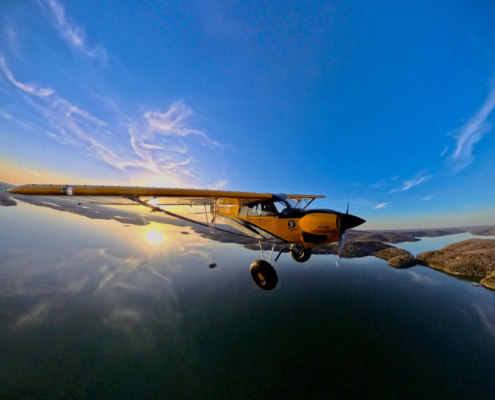
Friday Photo: Reflections
Friday PhotoI had been out of the Cub for a while, so I was itching to get up for a flight. Sometimes, the sole purpose of the flight is to fly. And, this was such an occasion. Finally, the spring skies cleared, the cross winds faded, and I could get up in the cub. There was no plan for Mother Nature to put on the show that she did, but calm winds, a calm lake, and a few clouds provided the scenery in which I was in desperate need.

The Strangest Instrument Approach I Have Ever Flown
I was thereAs we taxied out for takeoff at Denver, we got the latest SFO weather from our dispatcher and found it had deteriorated even further to ceiling zero, visibility 1/16th of a mile in fog with an RVR of 800 feet. Incredibly, this was above our landing minimums, so we didn’t sweat it. And of course, RVR stands for Runway Visual Range, which is the horizontal visibility measured in feet by instruments located next to the runway.

Frank and Gerald’s Last Ride
Veterans' StoriesIt turned out they were closer to shore than they’d reckoned—close enough that NVA soldiers were sniping at them. Gerald cut his life raft free and hunkered down in his water wings. Frank had scrambled into his raft, just like at Water Survival School, and was getting ready to contact the inbound Jolly when he started to take fire.

This Is Why I Fly
My AdventureOn very short notice, my wife and I were able to grab a bag, throw our things together without worrying about fluids, gels, etc., head to the airport, and depart. We had a wonderful weekend with our friends. Then we were able to leave on our own schedule for home. All without TSA, long lines, parking fees, and everything else. General aviation creates opportunities that other modes of transportation can’t provide.
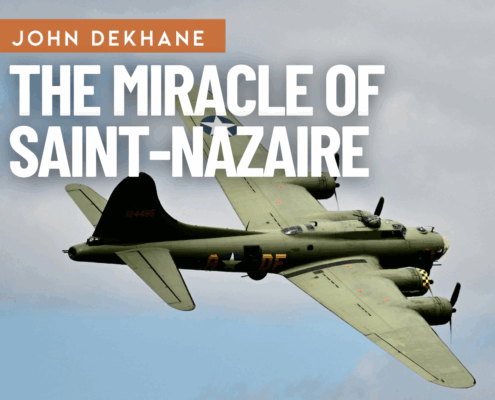
The Miracle of Saint-Nazaire
HistoryDuring World War II, the skies over Europe were a brutal battleground where death and devastation were constant companions. Day after day, countless Allied airmen climbed into their bombers, fully aware they might never return from their missions. In total, more than 26,000 members of the U.S. 8th Air Force were killed in combat, and over 47,000 were wounded. The average life expectancy for a bomber crew was less than 15 missions.
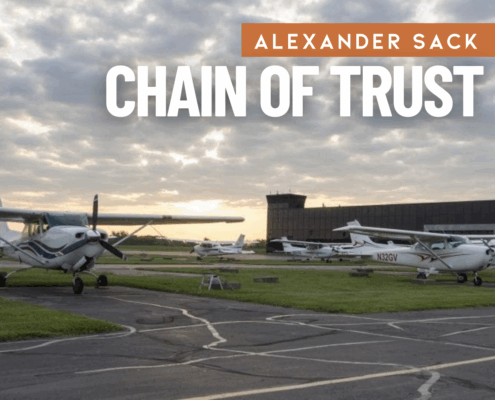
Chain of Trust
OpinionIf there is one aspect of general aviation I’ve learned over my relatively short stint aloft, it’s that the safety of any flight is not just dependent solely on the decisions I make, but also on the ones others have made for me—without my knowledge or even consent. In fact, all of general aviation relies on an implicit chain of trust that, when broken, can and does result in dire consequences.
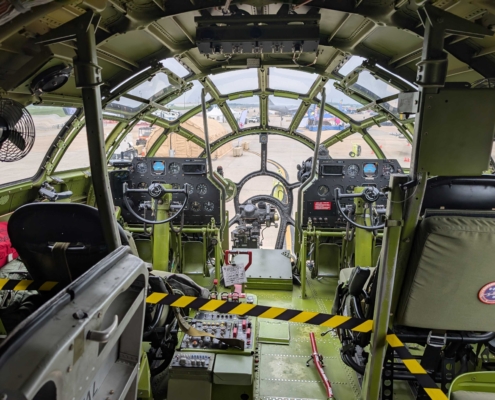
Friday Photo: B-29 Superfortress Cockpit
Friday PhotoMy family was invited to Joint Base McGuire-Dix-Lakehurst (KWRI) for family day to get a preview of their annual Power in the Pine Airshow. Unbeknownst to us, Doc was on the ramp and they were prepping for the show. We walked over and the Doc team immediately asked my son, "Do you want a tour of the inside?" My 8-year old son enthusiastically exclaimed "Yes!"

Dad’s Logbooks: Keeping a Daughter on Course
I was thereI wriggled around my dad’s legs and tried to peer over the car hood as he wrote in his sailplane logbook. He picked me up and stood me on top of his sturdy brown shoes. With his ballpoint pen as a pointer, he helped me read: Thermals off second ridge, contacted weak wave over rock pile. Increased to 3–4 kts. Landed at sundown. But as a six-year-old, the meaning was as inscrutable as his organic chemistry quizzes.
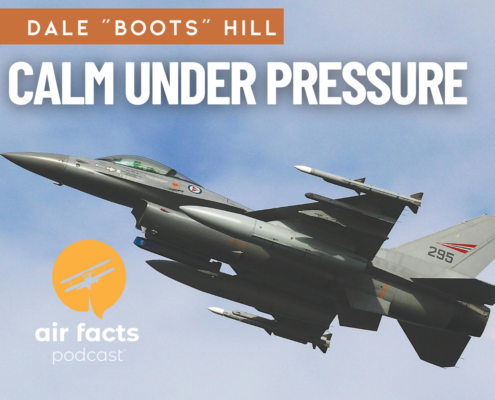
Podcast: Colonel Dale “Boots” Hill on Combat and Calm Under Pressure
PodcastIn this episode of the Air Facts podcast, we sit down with Colonel Dale “Boots” Hill, a decorated Air Force veteran and longtime Air Facts contributor. From flying 165 missions in the OV-10 Bronco during Vietnam to commanding F-16 squadrons and training the next generation of pilots, Boots brings a wealth of experience and insight to the conversation.

Solo, But Not Alone
I was thereThe Army gave me two useful sayings: “Trust in your equipment and your training,” and “Slow is smooth, and smooth is fast.” I believed in the Tecnam and my training—but I really needed the second saying now. I took a breath and slowed everything down.
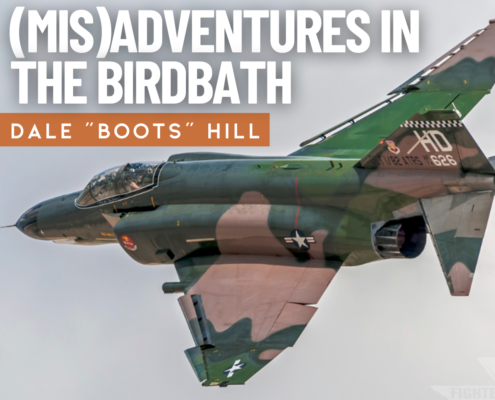
(Mis)Adventures in the Birdbath
I was thereEditor’s Note: Colonel Dale “Boots” Hill is not only a decorated Air Force veteran and longtime Air Facts contributor, he’s also the featured guest on a recent episode of the Air Facts Podcast. In the episode, Boots reflects on flying…

Instrument Training Wheels
I was thereOne nearby aircraft reported tops around 7,000’. That changed the equation. I had built this aircraft with a turbocharged Rotax 915is—so I had power in reserve. I reasoned that a short climb might get me on top. I’d seen this level of ice before; performance was minimally affected.
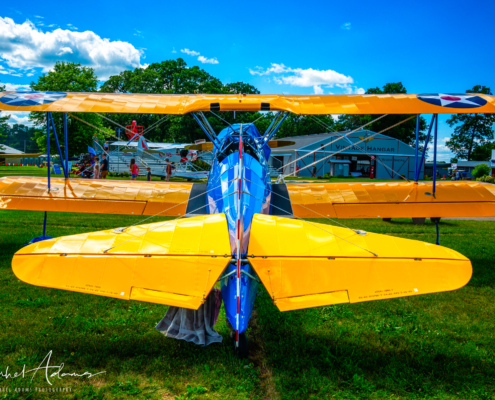
Friday Photo: Stearman
Friday PhotoIts hard to have a better time than exploring AirVenture with a camera on a beautiful summer day. The aircraft make the most beautiful subjects and the EAA grounds combined with the Wisconsin skies make for beautiful backgrounds.
